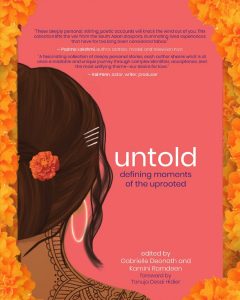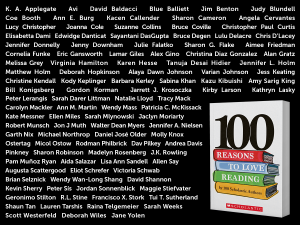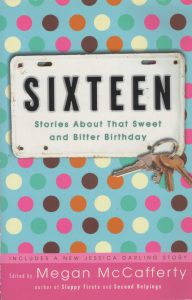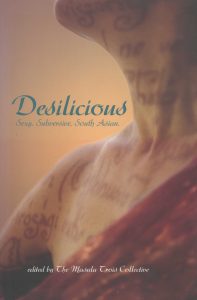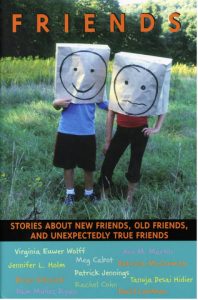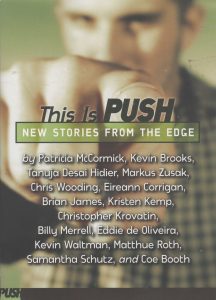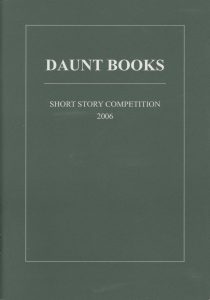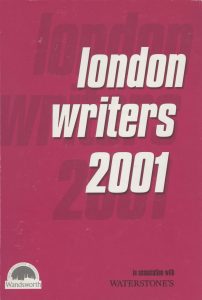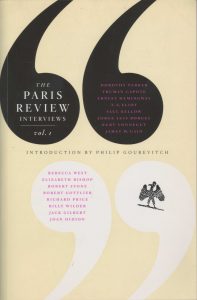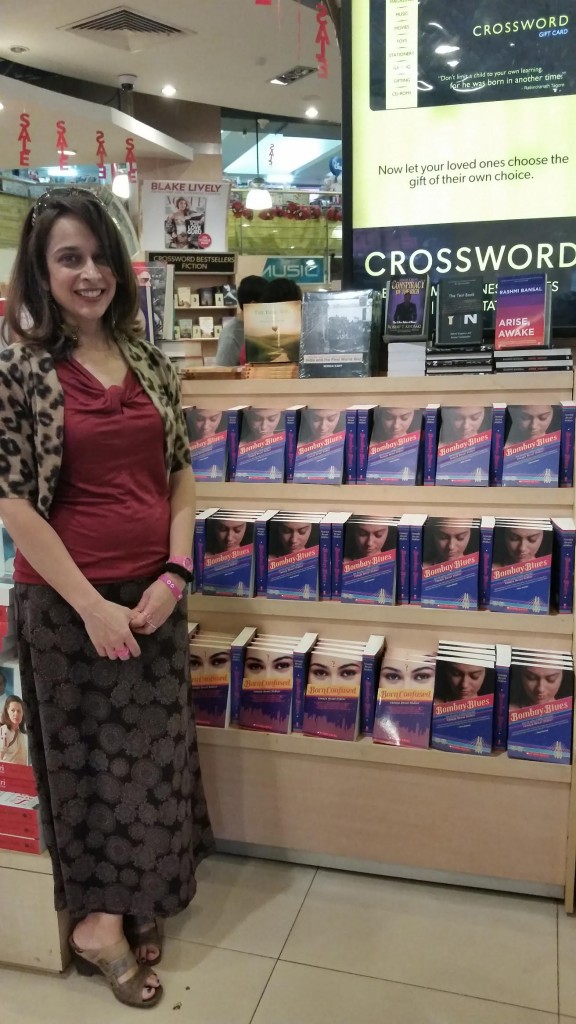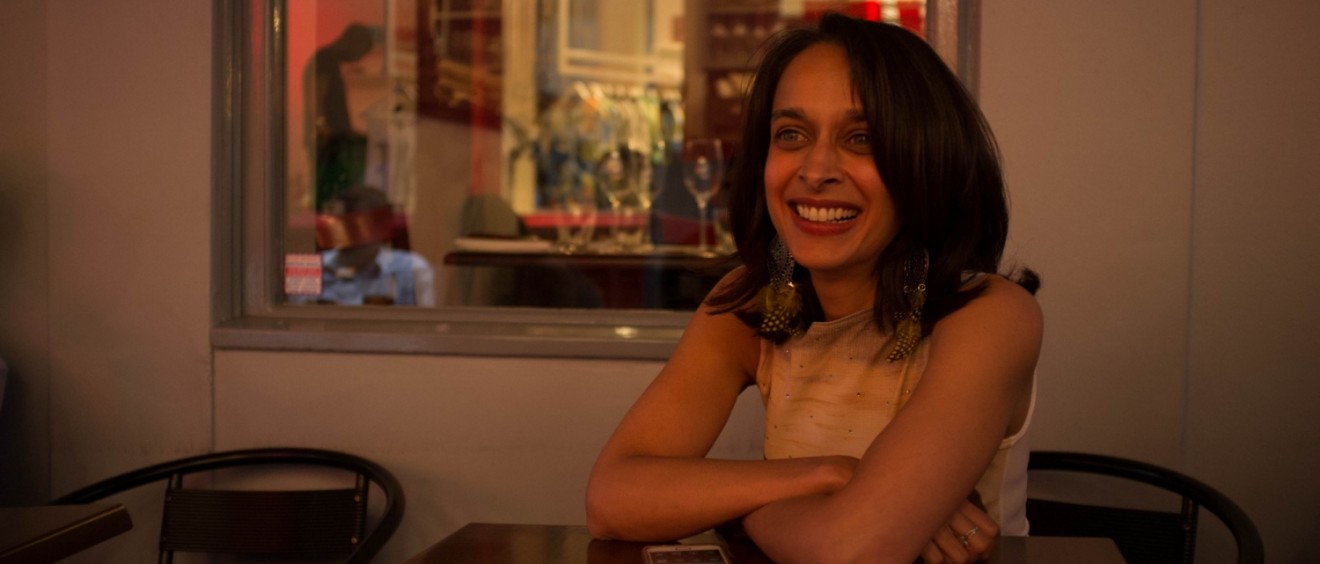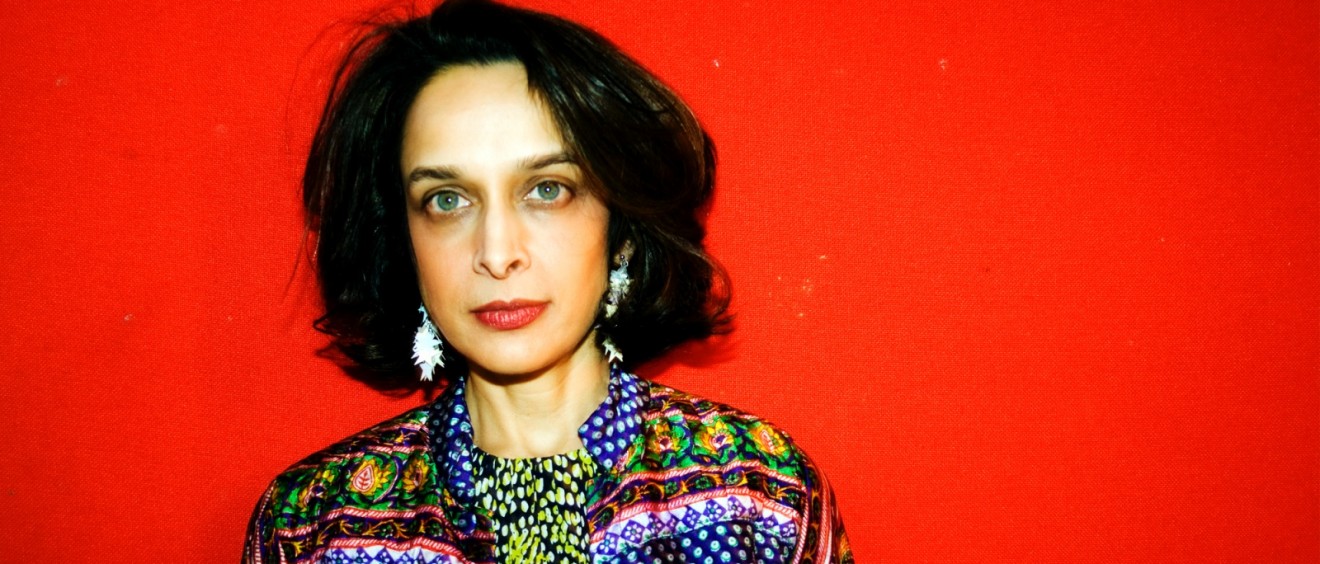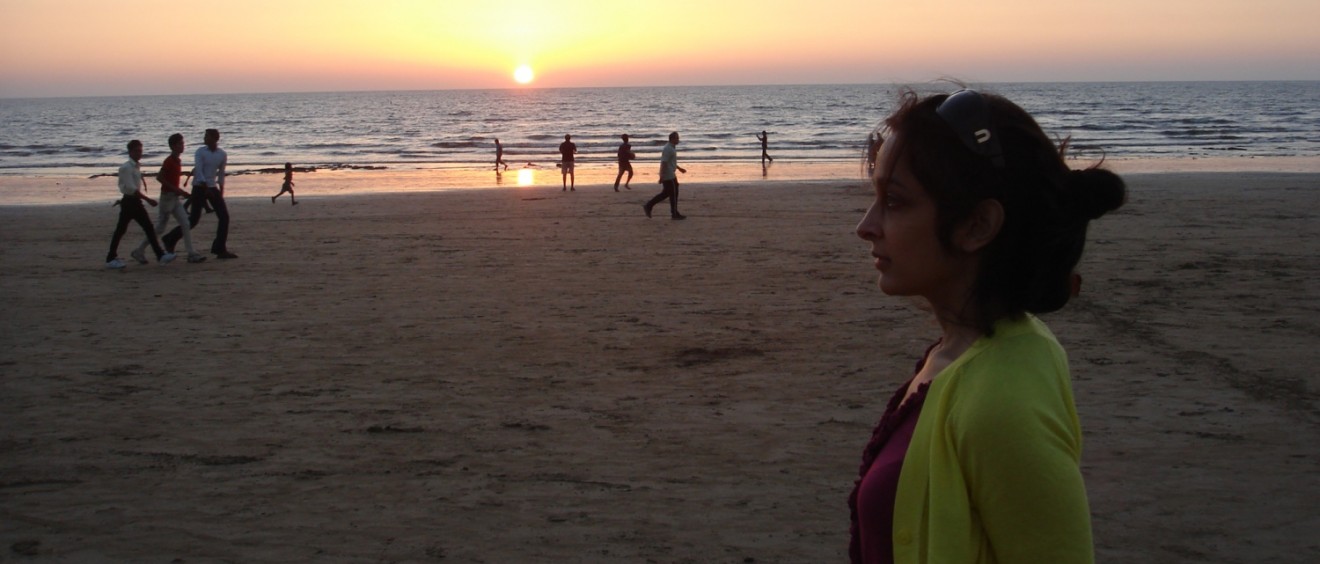From the stage to the pages of her novel, Bombay Blues, the long anticipated sequel to Born Confused, Tanuja Desai Hidier proves that your own voice is louder than self-doubt or fear. Tanuja’s love for writing started from a young age and never stopped, resulting in an adventurous career including performing in NYC and London’s music scene to telling the story of Dimple Lala an Indian-American teenager struggling with the blending of two cultures. Read more on Tanuja’s journey from self-doubt to ultimate self-expression.
Name: Tanuja Desai Hidier
Twitter and Instagram handle: @ThisIsTanuja/ @tanujadesaihidier
Location: London, formerly NYC
Occupation: Writer/Singer-Songwriter (Books: Born Confused; Bombay Blues). Albums: Bombay Spleen (songs based on Bombay Blues); When We Were Twins (songs based on Born Confused).
Age: 42
School: Minnechaug Regional; Brown University
Secretly Obsessed With: Blue M&Ms, funny cat videos and “Gangnam Style”.
On My Nightstand: My nightstand is in fact composed entirely of books. Currently at top tier: Colorless Tsukuru Tazaki and His Years of Pilgrimage by Haruki Murukami, Woolgathering by Patti Smith and Smile and Sisters by Raina Telgemeier. Earplugs, Kleenex, bottle of water, my daughters’ drawings and little love notes included.
Last Thing You Read: This Is How You Lose Her by Junot Diaz, Serenade and Mildred Pearce by James Cain and Please Kill Me: The Uncensored Oral History of Punk by Legs McNeil.
Last Thing You Listened To: Lullabye and…the Ceaseless Roar by Robert Plant and the Sensational Spaceshifters, Stay Gold by First Aid Kit, Happy by Pharrell Williams and Stories From the City, Stories From the Sea by PJ Harvey.
How did you get started?
Books and music have been a part of my life since I was a child. I began writing poems when I was about six and then wrote two book length(ish) stories when I was in fourth and fifth grade. In my teens I was primarily writing short stories; I did some creative writing workshops in college and after as well, when I moved to NYC. And then, during those post-university years—after a childhood spent in utter confidence I would one day be an author—self-doubt and insecurity (and endless distraction, AKA NYC) struck. I simply wasn’t sure I had enough of a story to tell—nor the ability to tell it even if I figured it out.
I turned to music as an outlet in NYC. In a way, this was my more positive manner of avoiding writing fiction—it was a way of being creative without the isolation and long-term intensity/inward-turning that the discipline of novel-making requires. A couple years later, completely bitten with the bug to be in a performing band, I answered an ad in the Village Voice and ended up getting the gig as lead singer in punk pop band io, with the brilliant Atom Fellows—who has remained my musical collaborator ever since (with him I wrote half of Bombay Spleen, my album of original songs based on my novel Bombay Blues).
When I moved from NYC to London, io was the hardest thing to leave behind—although in a sense I never did, given my uninterrupted musical relationship and friendship with the inimitable Atom (I’ve included a mystery band called io in Bombay Blues in homage of how we first connected; at one point they perform a song — “Light Years” — that Atom and I wrote together for Bombay Spleen).
In London, I soon joined a band called San Transisto, and through it met Marie Tueje, my musical sister and dear friend now, with whom I wrote about half of Bombay Spleen as well. Music kept me in a creative space that I believe was vital for my fiction writing…when I finally got back to it. It was in London that I began work on my first novel,Born Confused, set in the context of the burgeoning bhangra/Asian Underground scene in NYC—a scene I’d lived the last few years when I was there. Being in London, it turned out, was just what I needed to begin to see those years clearly, and filter through to the heart of the story I wanted to tell.
With Born Confused, though I did work/play with San Transisto during the writing process, mostly I was just focusing on the book. When We Were Twins, my album of songs based on Born Confused, came about as an afterthought, although an organic one; we didn’t record it until Born Confused had already been out two years.
With Bombay Blues and Bombay Spleen, the book- and album- making process were intertwined all the way through the three years it took for me to complete them (though most of that time was spent burning the candle at both ends on the book). And the entire way, the prose led me to the essence of the songs, and the songs deeper into the prose. For me, Bombay Blues and Bombay Spleen are part and parcel of the same project, from inception to fruition—in fact, I finished recording the album at the end of April 2014 in NYC with dream-teammate producer Dave Sharma only days after handing in my final pass on the novel to dream-teammate editor David Levithan.
What key elements played into your success?
My lack of it? Or, rather, my lack of framing it that way? I’ve never thought of any of this in terms of success or not success. I just wanted to write a book with a South Asian American heroine. To completion. And I also just wanted to make music. Express an idea, a space. Be true to my characters and story, both prose and musical.
The anchor that allowed, encouraged me to dive into unplumbed waters was and is my family, and friends. And I’m also a huge believer—from experience—in this idea that miracles meet the prepared mind. You take a step towards what you’re seeking, and it will come running towards you: Complicity. Synergy. Synchronicity.
What’s the best piece of advice you received?
Find excuses to DO things, not to not do them. From my father. Also, during my years of stressing out about whether I would ever write a book, on our runs around the NYC reservoir, my brother would give me numerous pep talks (while I gasped for breath, trying not to pass out). He encouraged me to view writing not as a stress, a struggle, a torment—but rather as a gift and a reward. And my best friend from college once told me (when I was wondering aloud about whether I’d ever figure out what to write): “At least you have a mode of expression. Count yourself lucky.” These bits of advice, these perspectives, remain with me to this day. And no matter how intense and challenging the writing process gets, I’m always very aware that I am truly lucky to be doing it at all. I feel a deep gratitude to the universe—and these wonderful supportive people in mine—for teaching me this.
What struggles did you face getting to this point?
Really, the main struggle was internal. Doubting whether I had what it took to write a novel. Utter confusion about what to write. In short: Not realizing the value of my own story. I’d realized at some point in NYC that I wanted to write an Indian-American story—but felt I wasn’t Indian enough nor American enough to do so. One heart-pouring night in the East Village out with a friend, I was lamenting this fact to her when she turned to look me straight in the eye and said, “That’s your story.” It was a pure lightbulb moment: It had never occurred to me to consider my hyphenated identity as—rather than a neither-here-nor-there space—a You Are Here. A world, a way, a tale in its own right.
I’d never fully felt a part of either side of my hyphen. But, as I realized later, that was a part of being part of it: Walking the hyphen. Treading the bridge in-between at all times.
The title of Born Confused comes from the term American Born Confused Desi (or, local/person of South Asian origin). This term was created by South Asians from South Asia to describe this generation of the diaspora, these second and third gen kids who are purportedly confused about where they come from. When I first heard the term I was both thrilled and offended—thrilled that there was a term to describe us…but offended that a group of people who weren’t part of that space had come up with this not quite flattering (if still pretty funny) alphabet.
Part of what I wanted to do in Born Confused is turn the ‘C’ for Confused into one for Creative—as this felt to me to more accurately reflect the dynamic desis that peopled the world I’d known in NYC, who were in fact shaping and creating the culture as they went along.
And as far as confusion—well, this is a human thing. What Dimple goes through I think many people, from any, many cultures go through; really, at heart, it’s about finding out (and embracing) who you are, figuring out your place in the world, what you want, what you love. These things are universal.
During my own NYC years of confusion (about career, culture, love, life, which subway line to take….)—and avoiding my novel (or, more positively put, gestating my first book), amongst other things, I worked several jobs as a copyeditor (which—though at the time the serial comma often risked sending me into a coma—has turned out to be a great skill for cleaning up prose and songs alike). I also interned at The Paris Review, hostessed at a Tex Mex restaurant, worked as a secretary (unfortunately, for my coworkers) in the Whitney Museum’s Film & Video Department, walked a saluki (who one day escaped me and sent me on a 100 mph chase through Central Park), co-hosted an online streaming music program, and party promoted at a nightclub—all this while collecting course catalogues and contemplating my escape from it all by going to grad school (really, an escape from writing that book!)…though I could never figure out for what.
On some level, up until that point, I’d always viewed most of the jobs I’d had as obstacles to the path I was meant (I hoped) to be on. But as a writer (well, as anyone really!) you can turn that obstacle on its head and discover a portal. What’s wonderful with storytelling—whether through fiction or music—is that any experience is still anexperience, and you can learn to value it as fodder. That’s not to say there weren’t moments where I wondered if I was getting a little too into the fodder and not enough (or at all) into the fiction. But ironically, and wonderfully, the very confusion I felt during my years in NYC—my most lost moments of all—ended up being the catalyst and unremitting spark for Born Confused.
After all, a little confusion’s not a bad thing. It makes you question things. Reassess. Reinvent.
Who was the biggest influence in your professional life?
My professional life is fully intertwined with my personal life. Biggest influence? My parents and brother for always believing in me, before even I fully did myself. And my husband and Jeevansaathi, who many years ago put “Writer’ down as my occupation on my landing card when we were traveling together…in massive, utterly legible, incontestable block capitals—something I had never dared do myself (this was before I wrote my first book, when I was working my way towards cross-cultural themes through my short stories). Seeing it down in writing like that somehow made me feel it was true—that that dream had already been realized, I just had to catch up to it.
What accomplishment are you most proud of? When do you feel most successful?
I’d like to rephrase this question, as, again, I never really think of any of this in terms of success. When do I feel happiest? When I’m making, actually creating things: in the heart of the writing and music-making process. There’s nothing like it, and I miss that feeling…seek that feeling…which is maybe why I do any of it at all! The creative process is a hard-won and truly intense, illuminating, challenging, adrenalizing—a divine—one. (Amongst other things!)
Something that always makes me feel a lovely warm feeling is when I hear from readers. Many have reached out to tell me heroine Dimple Lala’s life is their life; that she’s been a true companion for them on their own roads. This is a priceless gift: To find that by delving deep into yourself and your story, you’ve found a space which resonates for people from all kinds of backgrounds, age groups. To find you have—and are—connected.
And though I cannot call my children an ‘accomplishment’, as they are their own little huge beings, they give me a quiet and incomparable joy (as well as a noisy and incomparable fatigue and frustration—but hey! It’s all part of it). They’ve given me a lot of perspective as well on what matters most (The ladybug has escaped! Everything must wait!)
What advice would you give to girls looking to enter your industry/space?
Know that you have already entered that space. Behave that way. Believe it. Own it. In even contemplating it, you’re in; your destiny’s written; you’re writing it. You want to pen a book? A song? Your book, song already exist; now you have to just work your way towards them, much like a sculptor works her way to the goddess in the stone.
You don’t have to be published to be a writer; you just have to write. You don’t have to have a record deal (who would want one these days, anyways?) to be a musician/songwriter. You just have to make music. Write songs. Listen, play, sing—anything: If you want to bust out into a show tune don’t let the indie-cool judge in you stop you.
Just keep doing it, keep honing your craft. Don’t be afraid to write twenty pages and chuck all but the last one, because that’s the one where you finally got to the heart of the matter. If you have to be scared of something, be afraid of not writing those twenty pages…and forever never discovering that heart.
Don’t worry about what anyone will think. Don’t even worry about what you think. Be true to your characters. Surrender yourself entirely in service of your story. Amazing things will come of it. Divine things.
And keep in mind, inspiration is a habit; you don’t need to wait for it to get to work. You can’t wait for it: It’s by doing the very work itself that you free it, it appears.
And it will, it will. Never doubt this. Trust in this. And in the power of your own story.
And most vital of all: Trust yourself.

